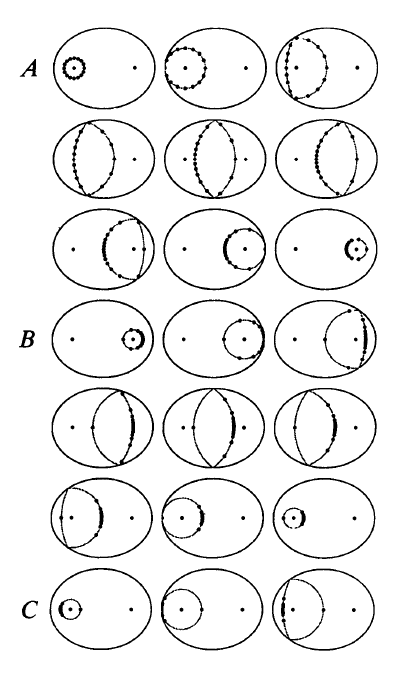GIThruster wrote:If you don't have the flow rate, perhaps a pulse detonation version? That's even closer to a lighting strike. . .

Here I'm assuming a UHVDC power source that stores enough energy between pulses to make the arc worthwhile. Or, sequencing through several engines to approximate a continuous load.
Direct charging of the electrodes by alphas is also a possibility (Charge accumulation timing issues? Sync with POPS subfrequency?). No "plasma windows" needed: sealed, insulated conductors through Polywell's vacuum chamber wall.
Otherwise, the above scheme requires only direct conversion (different from just letting alphas hit a conductor, since DC tries to reclaim almost all the kinetic energy). No down-conversion.
The exhaust might impinge tangentially on a linear aerospike nozzle (not shown). This engine is mostly hollow, so several could be combined without a huge mass penalty. Engines probably electrically sequenced, so that the load on the reactor is more even, in step with the air injection cycles.
Electrode wear is a likely issue. Maybe a plasma sheath around each electrode to distribute the current? Or let them be consumables.
The elliptical chamber
might also be useful for continuous air heating via a REB. Atmospheric-cruise and orbit-boost engines sharing the
same elliptical chamber? Ionization laser from one end, REB from the other, depending on flight mode. The higher average-power REB might need magnetic shielding (bulk HTS?) or active cooling for the chamber walls. You can't set up a reverse-flow vortex like Orbitec's VCCW in a non-circular geometry like this.

